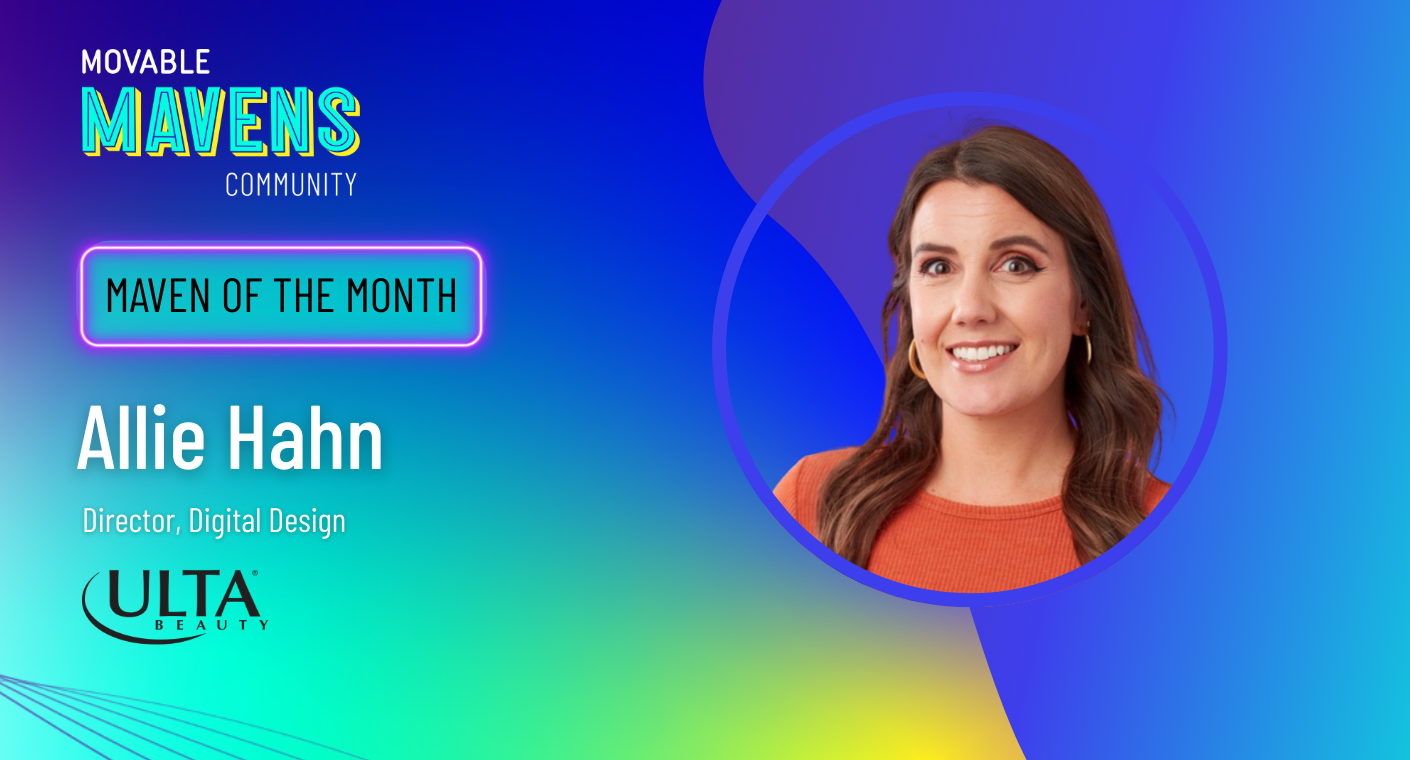Zero-party data isn’t just martech’s latest buzzword. It’s a paradigm shift in how marketers relate and foster a close relationship with their customers.
But what is zero-party data? And how can it be activated to provide lifetime value to customers? Here’s a glimpse of today’s digital landscape and how zero-party data fits into the mix:
What Is Zero-Party Data?
A term first coined by Forrester in 2020, zero-party data is the “data that a customer intentionally and proactively shares with a brand, which can include preference center data, purchase intentions, personal context, and how the individual wants the brand to recognize [them].”
In short, it’s the information that customers give to a brand of their own volition to receive a more sophisticated marketing experience.
Why Is Zero-Party Data Better?
To understand what’s unique about zero-party data, get a firm grasp on the other forms of data used by marketers:
First-Party Data:
- Also known as 1P data, first-party data is the information brands gather and own from customers’ direct interaction with the company. It’s how brands learn more about their customers so marketing communications stay tailored and relevant.
- First-party data is commonly captured through CRM data, behavioral data from website or mobile activities, previous purchases, or even loyalty status.
- The challenge? First-party data is necessary, but it’s not sufficient. For lapsed or inactive customers, brands will struggle to craft messaging that resonates.
Second-Party Data:
- Second-party data is first-party data commoditized. In this case, customers’ direct interactions from one company’s website are gathered and sold to another brand with an overlapping audience.
- With data sourced from a single company, brands buying second-party data experience a similar level of accuracy to their own first-party data.
- The challenge? Second-party data faces another layer of challenges along with those of first-party data. While the two companies’ audiences overlap, the purchasing brand is bound to receive information about irrelevant users while missing data on key potential customers.
Third-Party Data:
- Third-party data comes from large data corporations that pay multiple companies for their first-party data. Using their massive storehouse of customer information, these corporations sell pre-packaged data divided by industry to interested brands.
- The challenge? Not only is third-party increasingly limited with the rise of privacy restrictions, it’s the least accurate of the four data types. It’s also publicly available, making it a difficult tool to use to get a leg up on the competition.
Zero-party data wins on all counts. It’s the most accurate data source available to marketers, and its collection techniques do more than gather data: they actively generate more customer engagement. With higher engagement, campaigns will become increasingly nuanced and brands will have better forecasting when filling out inventory.
How To Gather Zero-Party Data
How can marketers collect zero-party data? Most brands have already started. Take CRM platforms, for example. Here, brands have access to data captured from customers’ initial sign-up for communications, email contact, or basic demographics. With information like email addresses and basic demographics, brands can begin tailoring messaging from the first touchpoint.
But relying only on CRM information is not using zero-party data to its fullest potential. With the right techniques, you can gather data straight from the source that informs customers’ most specific preferences.
Ask Brand-Specific Questions
- If a customer wants to hear from a brand, they’ll quickly fill in their basic information, such as age, gender, and even location, along with their contact information. In fact, roughly half of customers will take that first step to do so in exchange for a personalized experience.
- During sign-ups, customers are ready to give their data for the right marketing communications. Don’t leave it at the basic questions; maximize this opportunity by asking brand-specific questions.
- Selling hair care products? Ask customers about their primary hair concerns or goals. Offering convenient travel booking? Quiz customers on their dream vacation.
Gamify Customer Interactions
- Don’t make customers feel like they’re filling out a multiple-choice test when they’re giving they’re zero-party data. Incentivize data collection by creating a gamified experience.
- Polls, quizzes, loyalty challenges and other entertaining tactics will motivate customers to exchange more information for a better experience. By adding a fun twist to marketing communications, brands can ask the specific questions they need all while making themselves memorable to the customers.
Build A Preference Center
- Data is not a tug-of-war between customers and the brand. Both parties want the best marketing experience possible—the key is finding the right data that brings it to fruition.
- The best way to do that is by creating a preference center that allows each customer to decide for themselves what data is most important.
- What is a preference center? A preference center is an evergreen page that lives on your brand’s web and mobile page where customers can adjust their privacy settings, communication cadences, and other opt-ins.
- It’s a win-win. Brands learn about their customers’ most valued preferences and consumers receive communications better tailored to them.
The Value Exchange
- When customers trust brands with their data they expect their brand communications to shift in response to their preferences.
- Improving your zero-party data gathering processes is valuable, but it’s a dangerous game to collect without any returns for customers. Whether it’s the latest offer or more relevant content, what brands give customers in return for their participation needs to be crystal clear.

.png)




.png)
.png)


